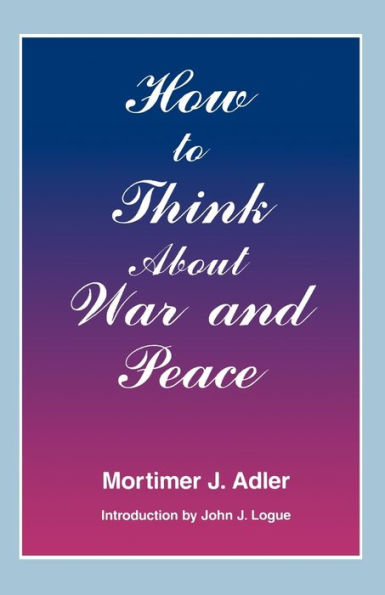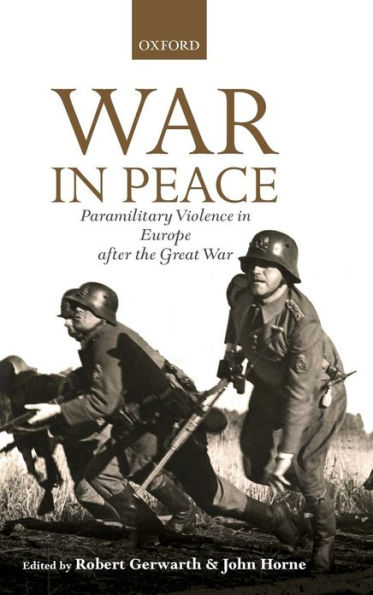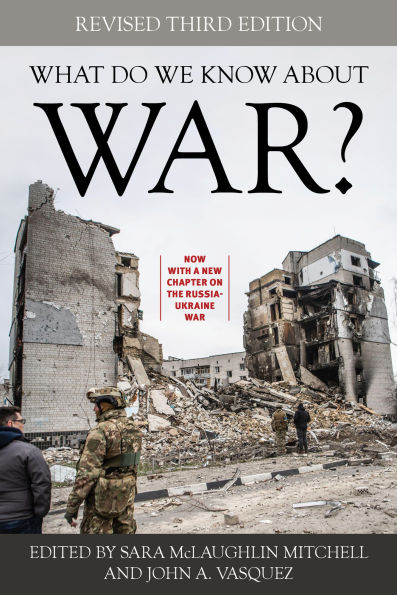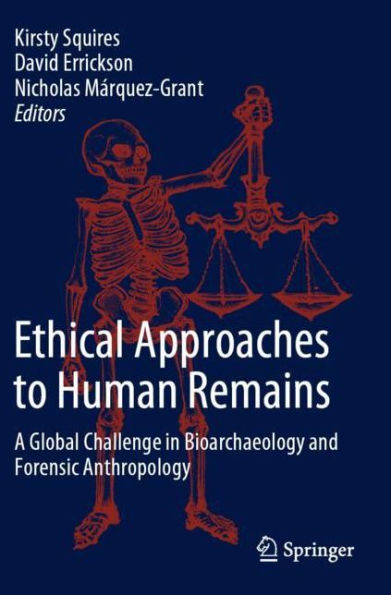Home
The Human Potential for Peace: An Anthropological Challenge to Assumptions about War and Violence
Barnes and Noble
Loading Inventory...
The Human Potential for Peace: An Anthropological Challenge to Assumptions about War and Violence
Current price: $214.99
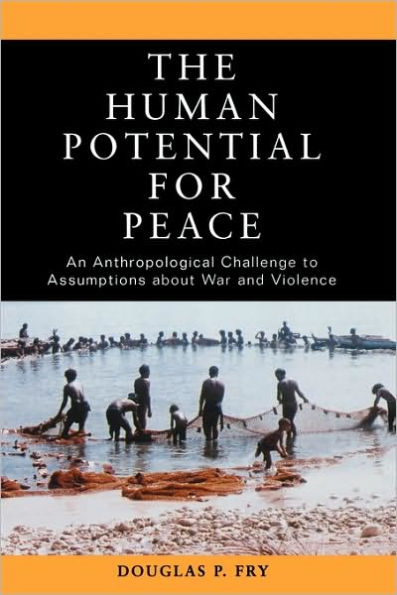
Barnes and Noble
The Human Potential for Peace: An Anthropological Challenge to Assumptions about War and Violence
Current price: $214.99
Loading Inventory...
Size: OS
*Product information may vary - to confirm product availability, pricing, shipping and return information please contact Barnes and Noble
In
The Human Potential for Peace: An Anthropological Challenge to Assumptions about War and Violence
, renowned anthropologist Douglas P. Fry shows how anthropologywith its expansive time frame and comparative orientationcan provide unique insights into the nature of war and the potential for peace. Challenging the traditional view that humans are by nature primarily violent and warlike, Professor Fry argues that along with the capacity for aggression humans also possess a strong ability to prevent, limit, and resolve conflicts without violence. Raising philosophy of science issues, the author shows that cultural beliefs asserting the inevitability of violence and war can bias our interpretations, affect our views of ourselves, and may even blind us to the possibility of achieving security without war. Fry draws on data from cultural anthropology, archaeology, and sociology as well as from behavioral ecology and evolutionary biology to construct a biosocial argument that challenges a host of commonly held assumptions.
The Human Potential for Peace
includes ethnographic examples from around the globe, findings from Fry's research among the Zapotec of Mexico, and results of cross-cultural studies on warfare. In showing that conflict resolution exists across cultures and by documenting the existence of numerous peaceful societies, it demonstrates that dealing with conflict without violence is not merely a utopian dream. The book also explores several highly publicized and interesting controversies, including Freeman's critique of Margaret Mead's writings on Samoan warfare; Napoleon Chagnon's claims about the Yanomamö; and ongoing evolutionary debates about whether "hunter-gatherers" are peaceful or warlike.
is ideal for undergraduate courses in political and legal anthropology, the anthropology of peace and conflict, peace studies, political sociology, and the sociology of war and violence. Written in an informal style with numerous entertaining examples, the book is also readily accessible to general readers.
The Human Potential for Peace: An Anthropological Challenge to Assumptions about War and Violence
, renowned anthropologist Douglas P. Fry shows how anthropologywith its expansive time frame and comparative orientationcan provide unique insights into the nature of war and the potential for peace. Challenging the traditional view that humans are by nature primarily violent and warlike, Professor Fry argues that along with the capacity for aggression humans also possess a strong ability to prevent, limit, and resolve conflicts without violence. Raising philosophy of science issues, the author shows that cultural beliefs asserting the inevitability of violence and war can bias our interpretations, affect our views of ourselves, and may even blind us to the possibility of achieving security without war. Fry draws on data from cultural anthropology, archaeology, and sociology as well as from behavioral ecology and evolutionary biology to construct a biosocial argument that challenges a host of commonly held assumptions.
The Human Potential for Peace
includes ethnographic examples from around the globe, findings from Fry's research among the Zapotec of Mexico, and results of cross-cultural studies on warfare. In showing that conflict resolution exists across cultures and by documenting the existence of numerous peaceful societies, it demonstrates that dealing with conflict without violence is not merely a utopian dream. The book also explores several highly publicized and interesting controversies, including Freeman's critique of Margaret Mead's writings on Samoan warfare; Napoleon Chagnon's claims about the Yanomamö; and ongoing evolutionary debates about whether "hunter-gatherers" are peaceful or warlike.
is ideal for undergraduate courses in political and legal anthropology, the anthropology of peace and conflict, peace studies, political sociology, and the sociology of war and violence. Written in an informal style with numerous entertaining examples, the book is also readily accessible to general readers.
In
The Human Potential for Peace: An Anthropological Challenge to Assumptions about War and Violence
, renowned anthropologist Douglas P. Fry shows how anthropologywith its expansive time frame and comparative orientationcan provide unique insights into the nature of war and the potential for peace. Challenging the traditional view that humans are by nature primarily violent and warlike, Professor Fry argues that along with the capacity for aggression humans also possess a strong ability to prevent, limit, and resolve conflicts without violence. Raising philosophy of science issues, the author shows that cultural beliefs asserting the inevitability of violence and war can bias our interpretations, affect our views of ourselves, and may even blind us to the possibility of achieving security without war. Fry draws on data from cultural anthropology, archaeology, and sociology as well as from behavioral ecology and evolutionary biology to construct a biosocial argument that challenges a host of commonly held assumptions.
The Human Potential for Peace
includes ethnographic examples from around the globe, findings from Fry's research among the Zapotec of Mexico, and results of cross-cultural studies on warfare. In showing that conflict resolution exists across cultures and by documenting the existence of numerous peaceful societies, it demonstrates that dealing with conflict without violence is not merely a utopian dream. The book also explores several highly publicized and interesting controversies, including Freeman's critique of Margaret Mead's writings on Samoan warfare; Napoleon Chagnon's claims about the Yanomamö; and ongoing evolutionary debates about whether "hunter-gatherers" are peaceful or warlike.
is ideal for undergraduate courses in political and legal anthropology, the anthropology of peace and conflict, peace studies, political sociology, and the sociology of war and violence. Written in an informal style with numerous entertaining examples, the book is also readily accessible to general readers.
The Human Potential for Peace: An Anthropological Challenge to Assumptions about War and Violence
, renowned anthropologist Douglas P. Fry shows how anthropologywith its expansive time frame and comparative orientationcan provide unique insights into the nature of war and the potential for peace. Challenging the traditional view that humans are by nature primarily violent and warlike, Professor Fry argues that along with the capacity for aggression humans also possess a strong ability to prevent, limit, and resolve conflicts without violence. Raising philosophy of science issues, the author shows that cultural beliefs asserting the inevitability of violence and war can bias our interpretations, affect our views of ourselves, and may even blind us to the possibility of achieving security without war. Fry draws on data from cultural anthropology, archaeology, and sociology as well as from behavioral ecology and evolutionary biology to construct a biosocial argument that challenges a host of commonly held assumptions.
The Human Potential for Peace
includes ethnographic examples from around the globe, findings from Fry's research among the Zapotec of Mexico, and results of cross-cultural studies on warfare. In showing that conflict resolution exists across cultures and by documenting the existence of numerous peaceful societies, it demonstrates that dealing with conflict without violence is not merely a utopian dream. The book also explores several highly publicized and interesting controversies, including Freeman's critique of Margaret Mead's writings on Samoan warfare; Napoleon Chagnon's claims about the Yanomamö; and ongoing evolutionary debates about whether "hunter-gatherers" are peaceful or warlike.
is ideal for undergraduate courses in political and legal anthropology, the anthropology of peace and conflict, peace studies, political sociology, and the sociology of war and violence. Written in an informal style with numerous entertaining examples, the book is also readily accessible to general readers.
